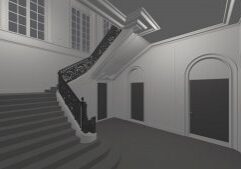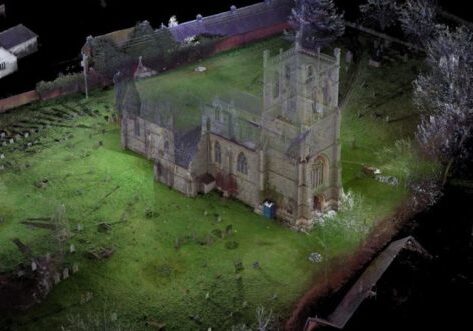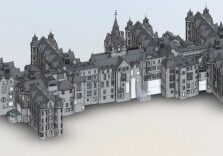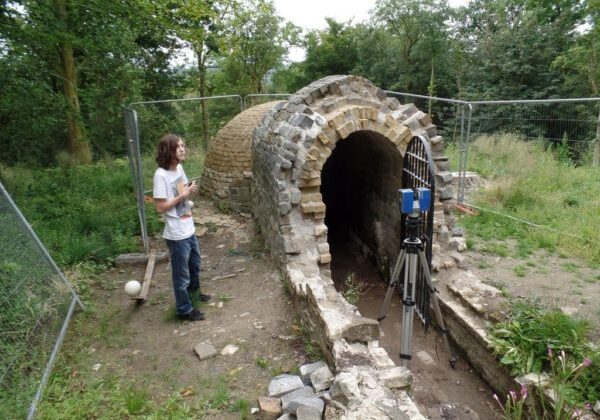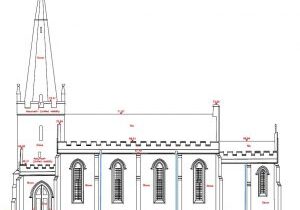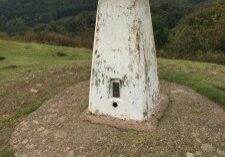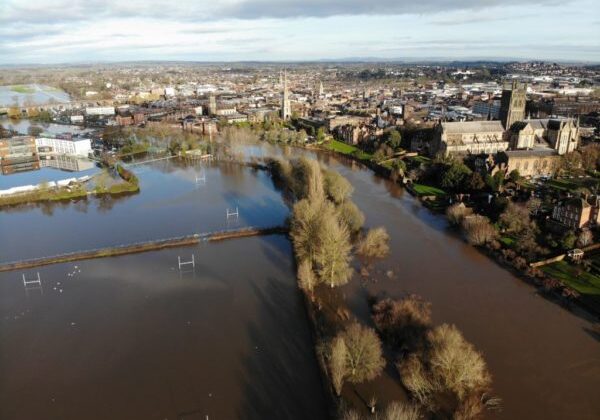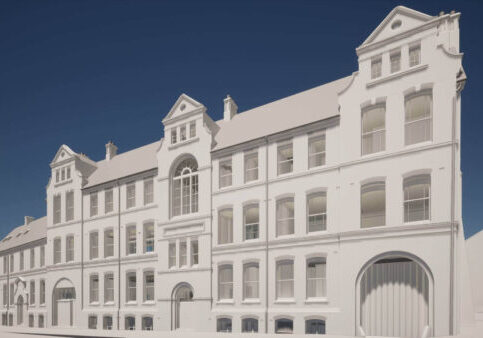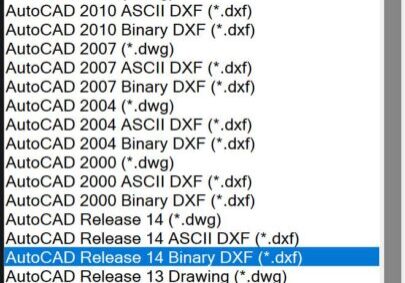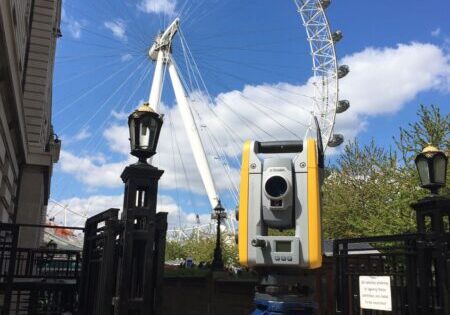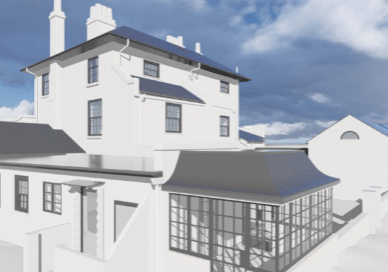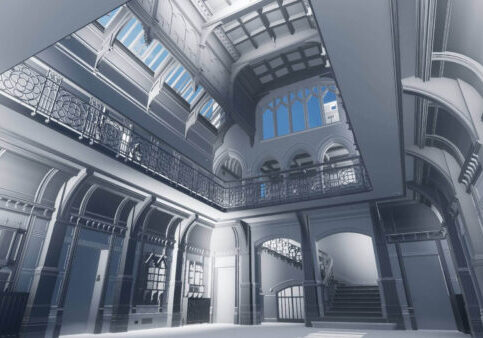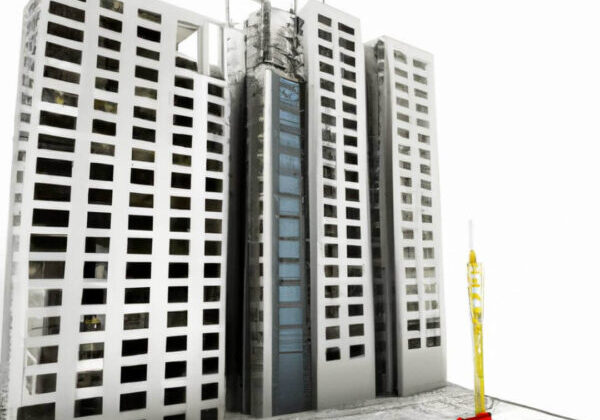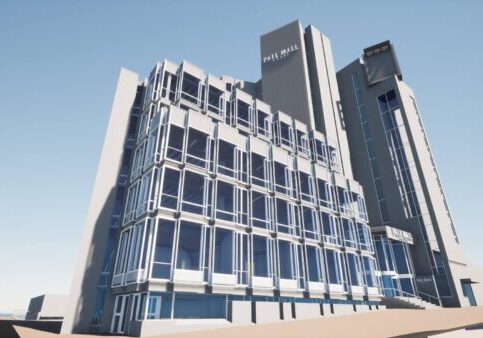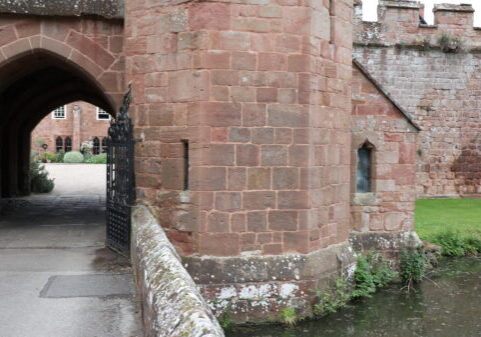Why Drawings Need A Scale Bar
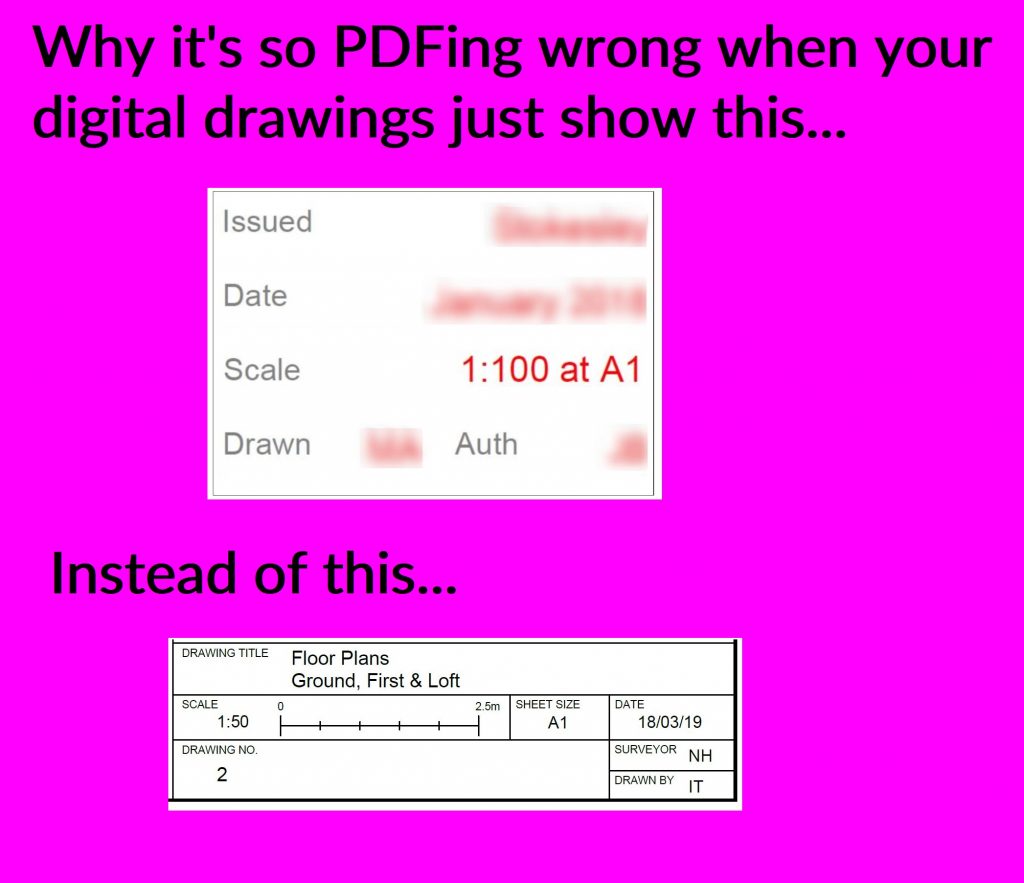
Over recent years I’ve noticed a growing trend appearing (or should I say not appearing?) on many of the digital drawings I see. It’s something that not only wastes my time, it drives me mad!
PDF is now the most common format used to share drawings created in CAD. Most drawings may have originated as RVT, DWG, DXF or DGN files, but you can guarantee that more often than not they’re being viewed as PDFs. Anyone can read a PDF, and on any device. They open in seconds, have small file sizes and don’t require any specialist software or skills to use. There really is no easier way of sharing your digital drawings. So what’s the problem? Well, it’s drawing scale and the lack of consideration given to it by so many people.
All too often over recent years when we receive a drawing it will just have something like this in its title block…
Now some of you might be thinking there’s absolutely nothing wrong with that - maybe it’s exactly what you put on your own drawings. Well, let me tell you, there is something very wrong with it... it has no scale bar!
When you email a PDF drawing to someone and they open it up on their computer screen, how useful do you really think it is just to say the scale is, for example, 1:250 at A1? If they did want to print it out, a fair few people don’t always have a A1 printer to hand. If they do have one, differing printer settings might still print your drawing out at the wrong scale.
The whole point of most drawings is to accurately portray the size of real world features. So they have to do just that - whether they’re printed out or just being viewed on a screen.
Always having a scale bar on your title block means size is always easily understood by everyone. Every drawing must have one.
See… that little scale bar makes all the difference!
Scale bars have been around for hundreds of years. They’ve worked wonderfully in all that time and believe me, in today’s digital world they are more essential than ever.
If the likes of Capability Brown and Isambard Kingdom Brunel thought they were important enough to put on their hand-drawn designs in the 18th & 19th Centuries, then it really shouldn't be too much trouble for today's CAD technicians, surveyors, architects and engineers to make the effort to include them too!
Missing scale bars cause time to be wasted and mistakes to be made. So get your house in order and update all your title blocks today so that they include one. It’ll take just a few minutes of your time, but make life so much easier for everyone using your drawings.
Next time a drawing gets issued from your office, or someone emails you a PDF, check that scale bar is where it should be. If it’s absent, don’t just ignore it. Have a chat to whoever issued the drawing, politely point out their graphical faux pas and educate them about how valuable that humble scale bar is.
Together we can beat this scourge!
#welovescalebars
Steve Bury is the Managing Director of Bury Associates, a land and measured building survey company based in the UK. With over 40 years of experience in surveying, Steve Bury established Bury Associates in 1997 to combine the provision of high quality digital surveys with exceptional customer service. Steve has also designed software applications for measuring buildings to automatically create survey drawings.


